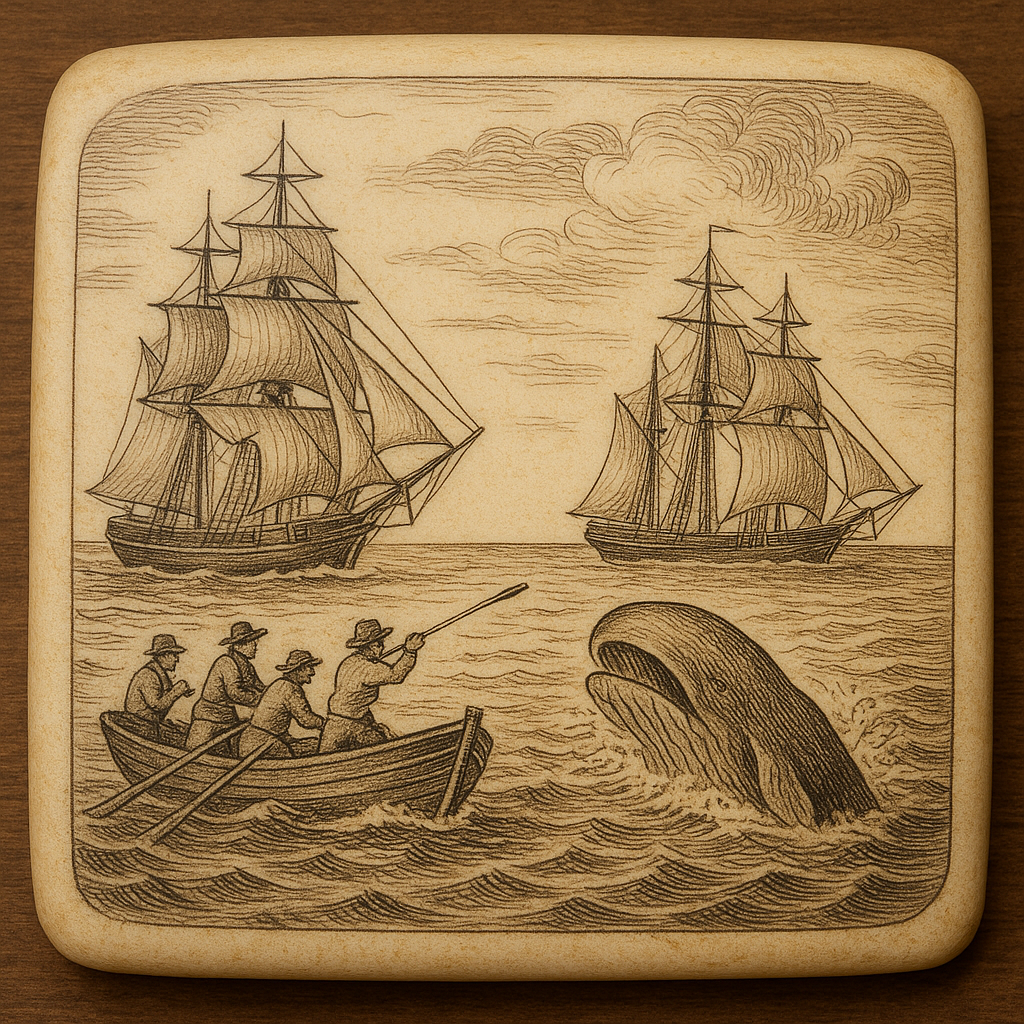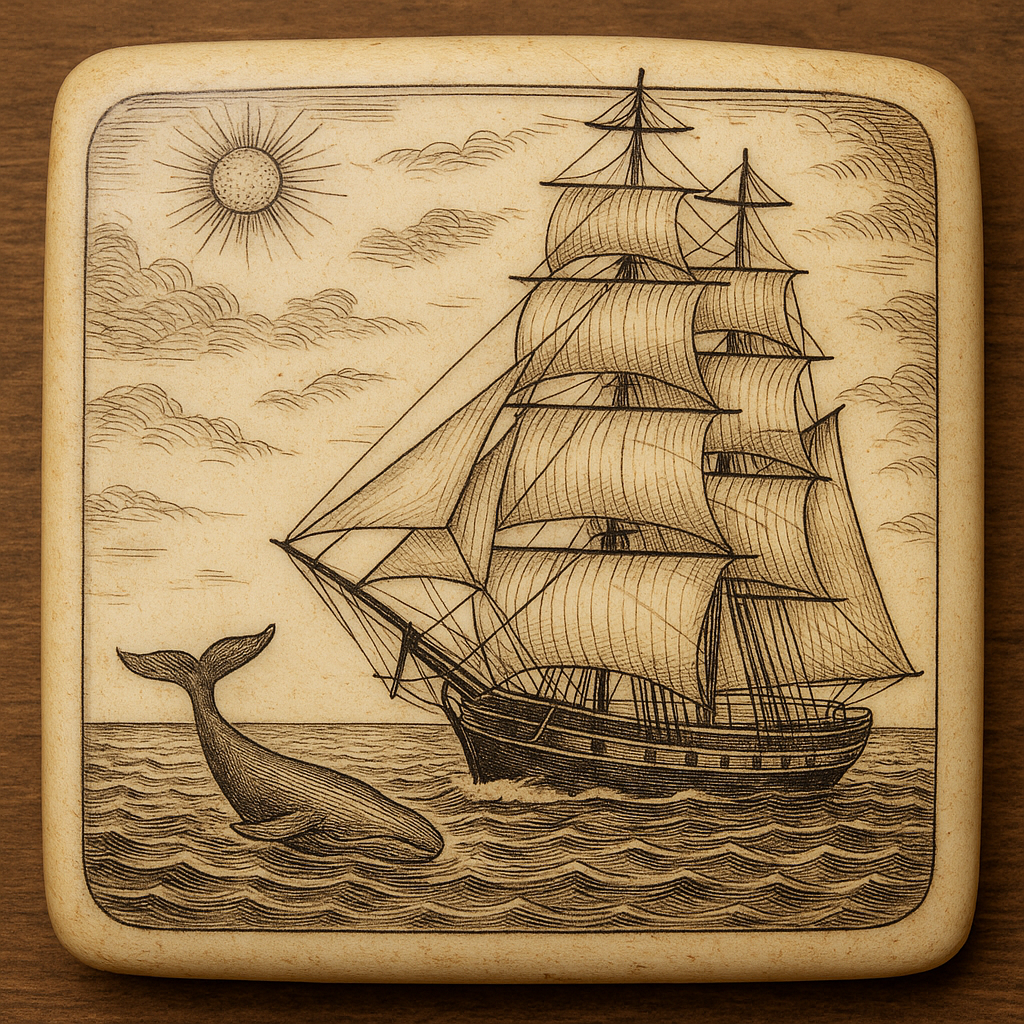What Is Scrimshaw
 |
 |
Scrimshaw is the intricate art of engraving or carving on ivory, bone, or similar materials—traditionally sourced from whales or walrus tusks and more recently from ethical substitutes like antler, tagua nut, or synthetic ivory. These delicate designs are often filled with ink or pigment to enhance their visibility, resulting in highly detailed works of art.
Often associated with maritime tradition, scrimshaw emerged among sailors who spent long months at sea. They passed the time by etching nautical scenes, ships, wildlife, and portraits onto the byproducts of their hunts. Today, scrimshaw is a respected folk art form cherished by collectors, artists, and those who appreciate handcrafted nautical history.
At its core, scrimshaw is the art of engraving images onto ivory-like materials—traditionally sourced from whale teeth, walrus tusks, or bones. These engravings are then inked to reveal intricate scenes, designs, or symbols. The finished product is a detailed, often personal artifact, etched into a smooth surface and made vibrant with pigment.
The designs typically feature:
-
Nautical scenes: ships, anchors, mermaids, whaling scenes
-
Wildlife: whales, eagles, wolves, deer
-
Portraits or romantic motifs
-
Abstract or tribal patterns
While scrimshaw originated in seafaring communities, modern-day artists continue to innovate within the tradition, using new materials and subject matter while preserving the time-honored techniques.
